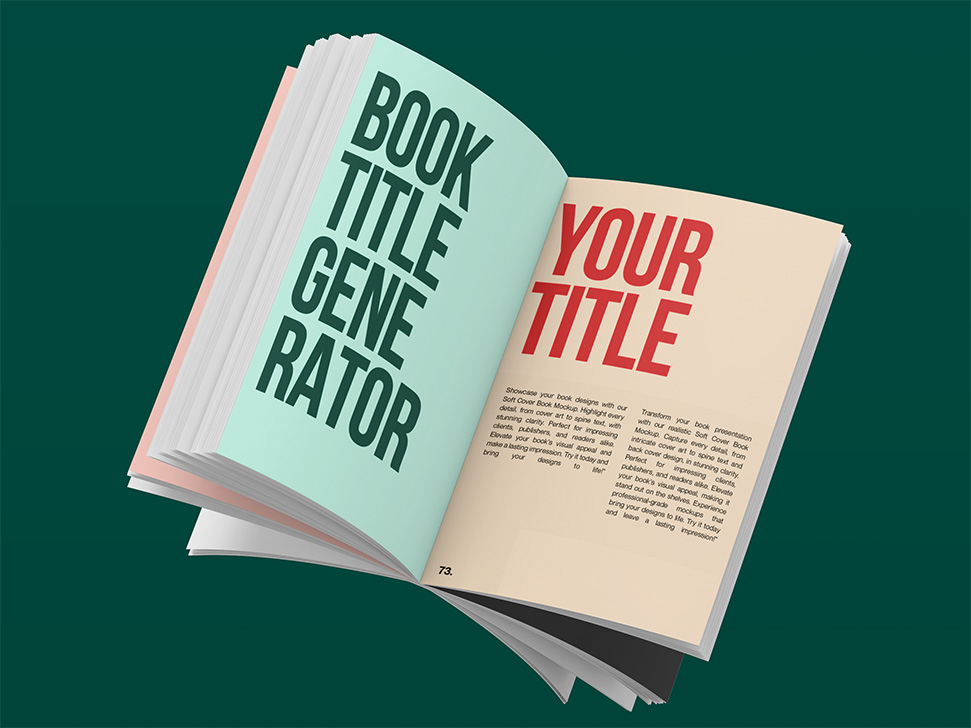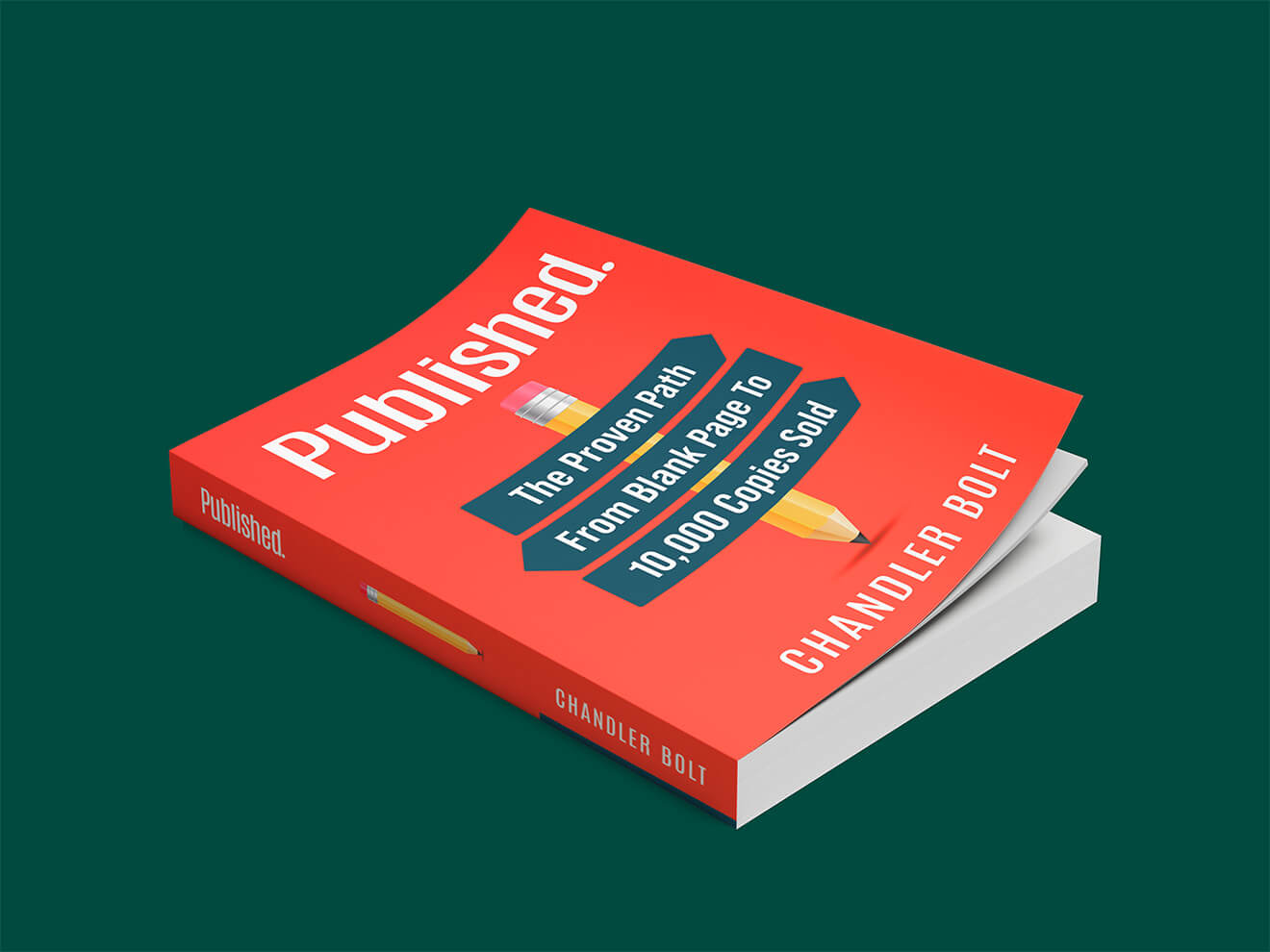Google docs is a great resource that can aid you in your writing goals. Not only is it a free writing platform, but it allows you to share your work in real-time with others, invites their feedback via comments, and saves you the effort of sending multiple drafts via email.
If you’ve only written your drafts via Microsoft Word, Pages, or some other offline format, learning Google Docs will be a quick, added bonus for you. This platform is easy to use, has pros that offline formats do not, and is regularly used by writers around the world.
In this article, you’ll learn how to write a book on Google Docs. We’ll dive into:
Let’s dive into what exactly Google docs is.
What is Google Docs?
Google Docs is very similar to Microsoft Word, in that it follows a similar formatting layout, allows you to track your word count, insert images, and offers a similar alternative to Track Changes.
This writing software also offers a speak-to-text option which can be extremely beneficial for the writer cranking out hundreds if not thousands of words a day. Additionally, an offline option is offered and Google Docs is compatible with Grammarly.
- Related: Review of Grammarly
But when it comes to writing an entire book, how do you use this software?
How to use Google Docs
When you first open a new, Google document, you will want to insert your title in the upper lefthand corner. This will allow you to easily access your document at a later date. You can also insert your name in the header, just as you can with Microsoft Word.
Both of these options allow you to keep track of your current project.
If you want to share your project with a collaborator, click the Share button in the upper-righthand corner. The Share option provides multiple ways to collaborate with others:
- Share with an individual
- Share with a group
- Share editing access
- Share in view-only
- Allow anyone with the link to access
Choose which option is best for you, and you’re set to go.
Why you should use Google Docs
As a writer, do you know that dreaded feeling of trying to find which draft – “finaldraft” vs. “FINALfinaldraft” vs. “FORREALFINALv5” – is the real one?
When you write a book on Google Docs, that feeling is no longer a reality. It’s a relic of the past. You and your future editor don’t have to send endless revisions back and forth. Instead, you can collaborate in one document, with all changes and revision history tracked forever.
In fact, it offers several modes for your collaboration and final product review (which can be great for editors, beta readers, etc):
- Editing mode
- Suggesting mode
- Viewing mode
Suggesting mode is similar to Track Changes, and suggestions can be accepted or rejected by the individual or originally makes them or the final editor.
Google docs also allows you to see editing history and color code changes. This can be extremely helpful if you work with an editor and want to see their most recent changes.
Another side benefit for why you should use Google Docs is this:
If you are on a tight deadline, you can use speak-to-text to get your daily word count down in record time, and use the suggesting mode to make edits later on. Knowing how to hit your word count and finish your rough draft is crucial to your author success, and doing that without typing a single word, can help alleviate stress.
Organizing your book
Google Docs also allows you to create folders with Google docs within. Make use of the folder option in order to keep track of your main manuscript, sections you cut but want to save for another book, or for other book-related resources (like your book description, author bio, etc.)
Folder titles
For instance, when you first start your book and it’s time to organize, create a single folder and title it appropriately. If you’re unsure how to title your folder, consider this format:
- Working Title
- Draft Number
- Author Name
- Date
You can also use brackets to make specific projects easier to find. For example:
[Working Title] Draft 1, John Doe, 2.2.22Title the individual documents accordingly as well.
Google Doc titles
Follow a similar format for individual documents, and don’t forget to start a new document when necessary. If you want to share a single chapter with someone for feedback, you can copy and paste that chapter into a new Google doc, title it, and share it accordingly, then send it directly to that person.
This allows you to:
- Share specific chapters with specific people
- Find certain sections easily without using the Search bar
- Have an additional safety feature
If your friend accidentally screws it up or starts removing whole sections in that one doc, your whole project isn’t unaccounted for. When you have multiple people looking at multiple different sections, this is very helpful to split out each each into separate docs for their review.
Organize with collaborators
Format your manuscript into several folders, specific to your collaborations. For instance:
- Folder 1, your draft, shared only with you
- Folder 2, your draft, editing access shared with your editor
- Folder 3, viewing access only, shared with beta readers
Using Google Docs is especially helpful because it avoids long email threads that can get lost in your Inbox. Again, if you want to collaborate with a co-author, Google Docs are especially helpful because you don’t have to send the document back and forth via email.
- Related: How to Find an Editor
- Related: Beta Readers
Details: headers and footers
If you want your book to look professionally drafted, don’t forget the importance of appropriately using your Google Doc header and footers. Simply double-click the white space of your header and you will be able to type in the available area.
Especially during the drafting stage, it can be beneficial to put the working title in the upper left of the header, align your author name in the middle, and insert page numbers on the top right. If you want to include a copyright in the footer the space is available, but it is likely unnecessary.
Extensions while writing
If you are used to working in Word but want the online option of Google Docs, you don’t need to give up Grammarly, because Google Docs is compatible with it. This can be a monumental bonus when writing. Grammarly helps point out typos, sentence structure issues, and other grammar mistakes that may not be best for your book.
Additionally, the added online feature will help cowriters, beta readers, or your editor be able to edit or proof your book more efficiently. Of course, it’s important not to singularly rely on Grammarly, but this extension, combined with the online features can be very helpful in real-time edits.
Remote work with collaborators
Google Docs can break down the barrier of distance with its cloud-based format. If you work closely with an editor who lives in Colorado, but your home base is Tennessee, Google Docs can closely resemble working together in real-time.
With the option for two to work on the doc at the same time, the added feature of inserted comments, suggestion mode, and even starting a meeting and presenting your Google doc tab, you can easily work in real-time without travel.
Begin your manuscript with Google Docs
Now that you have a grasp of the benefits of working with this free software, it’s time to get back to writing. Google docs can improve your writing efficiency, whether you:
- Use the online or offline mode
- Share your doc with a colleague
- Desire the convenience of accessing your work at any time
Google Docs is not fail-safe, but it’s pretty close. If you’re paranoid about losing your work, you can always keep an updated version of your manuscript backed up. But all-in-all, Google Docs has a ton of benefits and features that can help you write your book more efficiently.
Make sure not to get lost in the conveniences Google Docs offers. Learn the software and get back to your writing. It’s time to make your dream a reality. We look forward to hearing how this software works for you and seeing your completed draft one day soon.

























